Reusing old cars or "upgrading" materials with potential risks?
The Ho Chi Minh City Department of Construction has just sent a document to the Vietnam Register, requesting consideration, direction in building and completing a legal corridor to legalize the electric motor conversion system for gasoline-powered vehicles.
The story seems to be just a technical issue but attracts public attention. Because there are currently 74 million vehicles on the road, the breath of urban life in Vietnam, the livelihood and also the issue of emissions. Accordingly, when those familiar cars can be equipped with electric motors, it is not just a matter of machinery, but the beginning of a profound change.
“We can convert a gasoline car into an electric car for only 8 million VND,” a business affirmed. The number sounds small, but behind it are many unanswered questions: how safe is it? how is it inspected? who guarantees responsibility if the car catches fire or explodes? Those questions are not for doubt, but for us to prepare carefully before going forward.
From the frame to the transmission, from the center of gravity to the electrical system, gasoline-powered motorcycles and electric vehicles are two different stories. Putting them together cannot be done with a quick-release kit, but requires careful engineering and a large enough ecosystem to ensure that when people press the start button, they are not risking their safety.
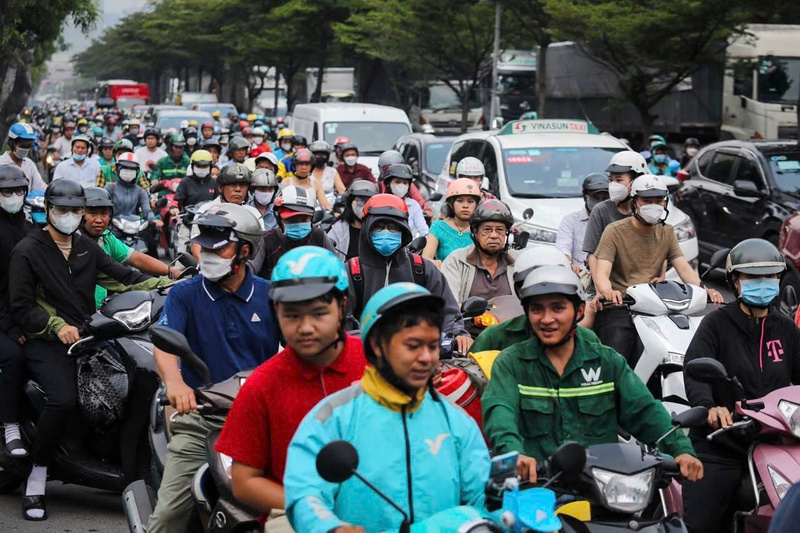
Motorbikes are considered the breath of urban life in Vietnam. Illustrative photo
Questions about performance, battery durability, transmission system, explosion-proof, waterproof, braking system suitable for the new weight… must be answered with specific technical data, cannot rely only on workshop experience. It is also important to remember that, with a large number of motorbikes like in Vietnam, just 1% of technical problems can mean thousands of vehicles at risk.
Even if not strictly controlled, a wave of spontaneous conversions can cause the market to be flooded with cheap, unsafe kits, sold freely without any inspection agency. At that time, converted electric vehicles will have potential risks, completely contrary to the goal of green transportation.
Legal corridor needs to be synchronized
In the context that most vehicles are a means of transportation and livelihood, the choice to keep a familiar car, but with a new “heart”, no smoke, no noise, no smell of gasoline, that is a real desire. It is not a trend, but a way for Vietnamese people to keep up with the times, in their own way.
In Hanoi , from July 1, 2026, motorbikes and scooters using fossil fuels will not be allowed to circulate in the Ring Road 1 area, which is considered the first step in a plan to limit gasoline vehicles in the center. Ho Chi Minh City is proposing a trial conversion. Central management is studying the legal corridor. In that picture, people like motorbike taxi drivers, online sellers or young students are the central characters. They need more than one vehicle, they need the trust that when entering this transformation, they will not be left behind.
Therefore, conversion cannot be the game of a few small mechanical garages. It must be a strategy: with technical standards, inspection, registration, insurance, financial support, charging stations, user manuals, and above all, trust.
Imagine one day, in the streets of Ho Chi Minh City, Hanoi, Hue or Da Nang ..., motorbikes still have a familiar shape but run quietly and smoothly on the road. No smoke, no engine roar, no smell of residual gasoline. Those vehicles are not new, but have been reborn. Each of those vehicles will tell a story, that we not only know how to buy new things, but also know how to cherish the old, renew it in a kind and responsible way.
In that journey, the State plays a constructive role with clear policies, specific standards, and timely support, so that all people see themselves as having a part in this transformation.
A pilot roadmap needs to be set up, starting with a few groups of vehicles, a few cities, a few technically approved kits. Each stage needs to be accompanied by independent reports on efficiency, safety, and public feedback. If successful, replicate. If problems arise, immediately stop for adjustments. Transportation is not a laboratory. Each vehicle is a life, each change is a commitment to responsibility.
In addition, there needs to be a transparent incentive mechanism: free initial inspection, loan interest support for conversion, policy risk insurance for pioneering enterprises. On the people's side, there needs to be specific guidance to distinguish which kits meet standards and which are floating products. These things seem small, but they are the foundation for the policy to come into life.
The key is how we view “green mobility”. It’s not just about the number of electric cars produced or the number of miles of roads where gasoline cars are banned. It’s about how a country makes policies for the people who breathe urban air every day, who will be directly affected by climate change if we don’t act.
Source: https://congthuong.vn/hoan-cai-xe-may-xang-thanh-dien-can-buoc-di-than-trong-429337.html





![[Photo] Da Nang: Hundreds of people join hands to clean up a vital tourist route after storm No. 13](https://vphoto.vietnam.vn/thumb/1200x675/vietnam/resource/IMAGE/2025/11/07/1762491638903_image-3-1353-jpg.webp)





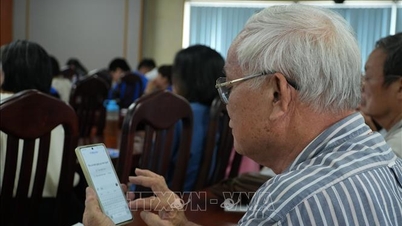

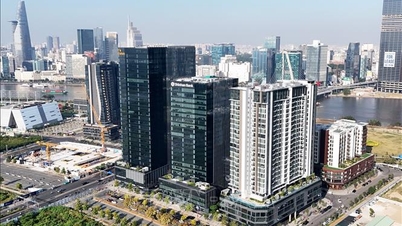
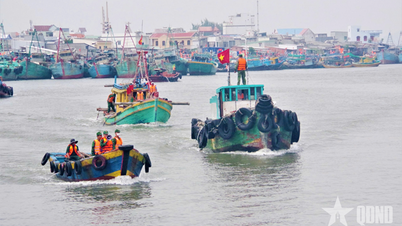



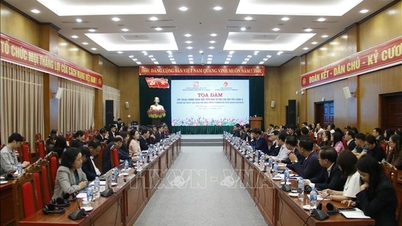























































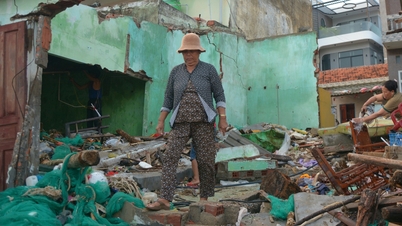



































Comment (0)